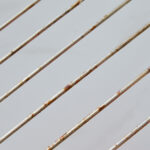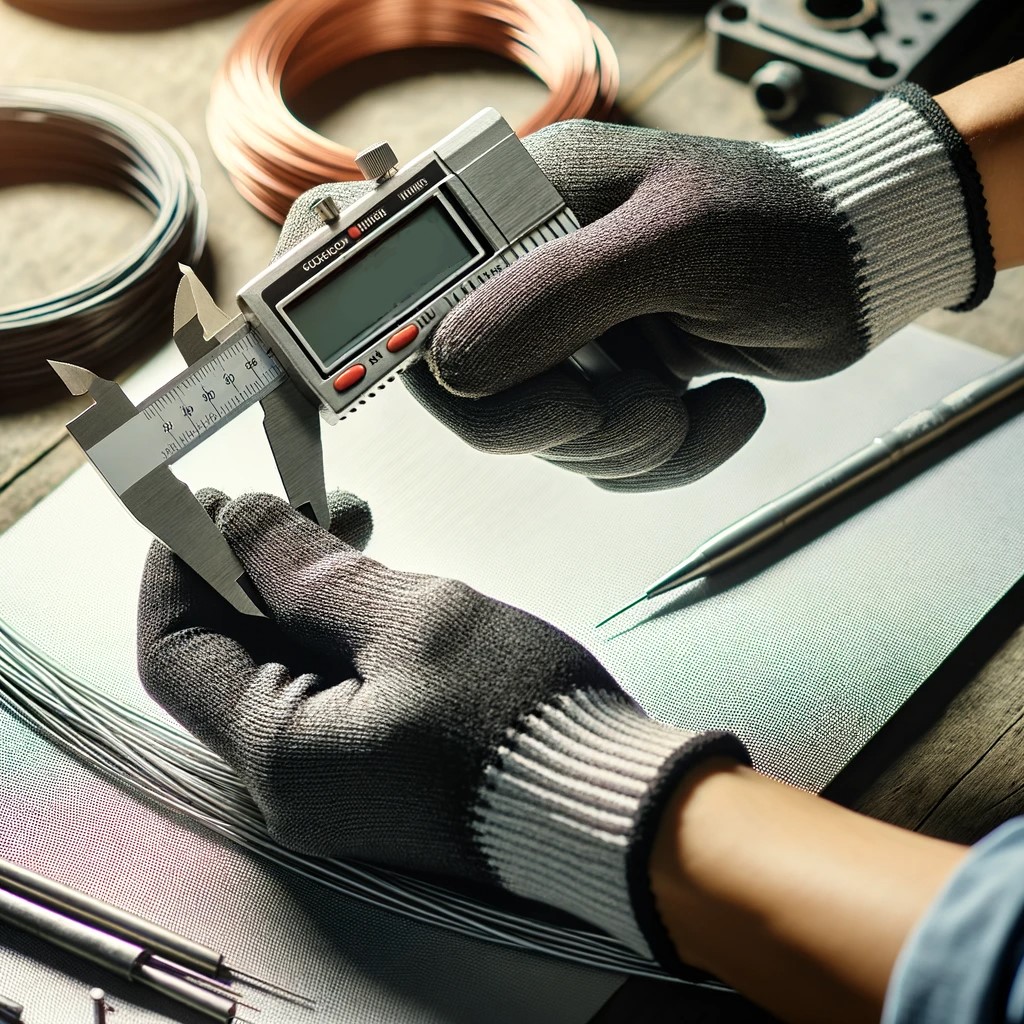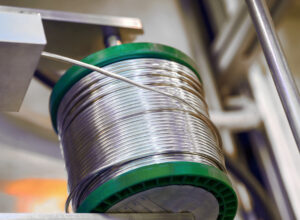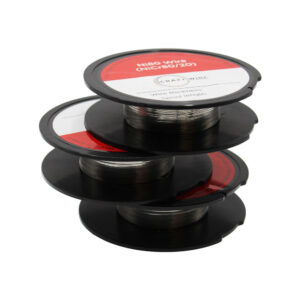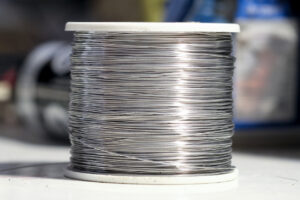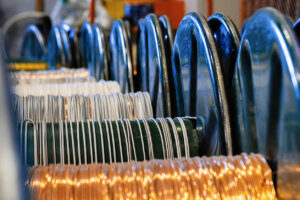Accurate wire measurements are crucial in numerous industrial and consumer applications, from electrical wiring to jewelry making. Precise measurement ensures compatibility, safety, and efficiency in various uses.
One of the key systems used globally for wire diameter measurement is the Standard Wire Gauge (SWG). Developed and widely used in Great Britain, SWG has become an essential standard in many industries worldwide. Its relevance extends to sectors like manufacturing, electronics, and engineering, where precise wire sizing can mean the difference between a successful project and a potential failure. Understanding SWG and its conversion to millimeters (mm), a more universally recognised measurement unit, is vital for professionals and hobbyists alike.
This understanding ensures the correct wire selection for specific requirements, underlining the importance of accurate measurements in maintaining quality and safety standards in wire applications.
This article intends to explain the conversion between SWG and AWG in full detail. We believe that this guide will help our customers to make informed decisions regarding their wire projects.
Let’s go…

Understanding Wire Gauges: SWG and mm Explained
SWG stands for Standard Wire Gauge, a system of standardized wire diameters developed historically. Initially used in Great Britain, it remains popular for specific uses. SWG sizes are indicated by numbers; the lower the number, the thicker the wire. Wire thickness can be quickly identified for a variety of applications using this system.
By contrast, millimeters (mm) are used to measure the diameter of wires. Metric is a straightforward system that is widely understood and applied, making it vital to global commerce and engineering practices. A conversion from SWG to mm is particularly important because it allows professionals and enthusiasts in various fields to accurately compare and procure the right wire type, regardless of the gauge system used by the manufacturer.
It is impossible to overstate the importance of accurate wire measurement. When choosing the wrong wire size for electrical applications, it can lead to increased resistance and overheating, posing a safety risk. In delicate applications like jewellery making, precision in wire size is essential for aesthetics and functionality. Furthermore, incorrect wire sizes can result in product failures, which lead to increased costs and delays. Consequently, ensuring the success and safety of wire-related applications requires a solid understanding of both SWG and mm measurements.
The History and Evolution of Wire Gauge Standards
SWG was developed in the 19th century to standardise wire diameters for manufacturing purposes. In industries where wire was commonly used, the system ensured consistency and reliability. In many British Commonwealth countries, the SWG has become a widely recognised standard.
In contrast, the American Wire Gauge (AWG), also known as the Brown & Sharpe wire gauge, is the standard used predominantly in North America. SWG and AWG numbers indicate wire sizes, but they are not interchangeable. As wires get thicker, AWG numbers decrease, similar to SWG, but they use different base measurements and logarithmic scales.
There are different wire gauge standards in different regions as a result of regional development. In the past, manufacturers developed their own standards based on their needs and practices, resulting in regional variations. In today’s world, these different systems coexist, and professionals working with imported materials or in international markets need to understand both. Wire gauge systems vary across regions and industries, which highlights the importance of accurate conversion tools.
Converting SWG to mm: A Comprehensive Guide
Converting Standard Wire Gauge (SWG) to millimeters (mm) is a crucial skill for anyone working with wire in various industries. Understanding this conversion ensures that you select the right wire diameter for your specific needs. Here is a step-by-step guide on how to convert SWG to mm, along with considerations and practical examples:
Identify the SWG Number: Start by identifying the SWG number of the wire. A smaller number indicates a thicker wire, while a larger number indicates a thinner wire.
Use a Conversion Chart or Formula: Utilise a conversion chart or formula to translate the SWG number into millimeters. In a chart, SWG numbers are listed alongside their equivalent mm measurements. Be aware that formulas may require more complex calculations.
Consider Wire Composition: The material of the wire can affect its diameter. The wire gauge can be influenced by the malleability and strength of different materials.
Account for Manufacturing Tolerances: As wire diameter can vary slightly due to manufacturing tolerances, it is important that you are aware of these subtle variations. It is always a good idea to allow for a small margin of error when doing calculations.
Practical Example:
- For a wire with an SWG number of 20, referring to a standard conversion chart shows that it corresponds to a diameter of approximately 0.914 mm. This conversion is crucial when matching wire diameters for specific projects.
Detailed SWG to mm Conversion Chart
| SWG | Inches | Millimeters |
| 1 | 0.3 | 7.62 |
| 2 | 0.276 | 7.01 |
| 3 | 0.252 | 6.401 |
| 4 | 0.232 | 5.893 |
| 5 | 0.212 | 5.385 |
| 6 | 0.192 | 4.877 |
| 7 | 0.176 | 4.47 |
| 8 | 0.16 | 4.064 |
| 9 | 0.144 | 3.658 |
| 10 | 0.128 | 3.251 |
| 11 | 0.116 | 2.946 |
| 12 | 0.104 | 2.642 |
| 13 | 0.092 | 2.337 |
| 14 | 0.08 | 2.032 |
| 15 | 0.072 | 1.829 |
| 16 | 0.064 | 1.626 |
| 17 | 0.056 | 1.422 |
| 18 | 0.048 | 1.219 |
| 19 | 0.04 | 1.016 |
| 20 | 0.036 | 0.914 |
| 21 | 0.032 | 0.813 |
| 22 | 0.028 | 0.711 |
| 23 | 0.024 | 0.61 |
| 24 | 0.022 | 0.559 |
| 25 | 0.02 | 0.508 |
| 26 | 0.018 | 0.457 |
| 27 | 0.0164 | 0.417 |
| 28 | 0.0148 | 0.376 |
| 29 | 0.0136 | 0.345 |
| 30 | 0.0124 | 0.315 |
Using the Chart Effectively:
- Locate the SWG number in the first column.
- Read across to find the equivalent diameter in millimeters.
- Use this measurement for precise calculations in your project.
Applications and Importance of Accurate Wire Measurement
Accurate wire measurement is critical in a variety of applications:
Electronics: Resistance and current flow are affected by wire diameter in the electronics industry. Electronic circuits can overheat or become inefficient when wire size is incorrect.
Jewellery Making: Precision wire measurements are crucial to jewelry’s aesthetics and structural integrity. Intricate jewellery often requires delicate wiring of exact diameters.
Manufacturing: Manufacturing sectors, including automotive and appliance production, depend on the right wire gauge for structural integrity and functionality. When the wrong size is used, mechanical failures or safety hazards can occur.
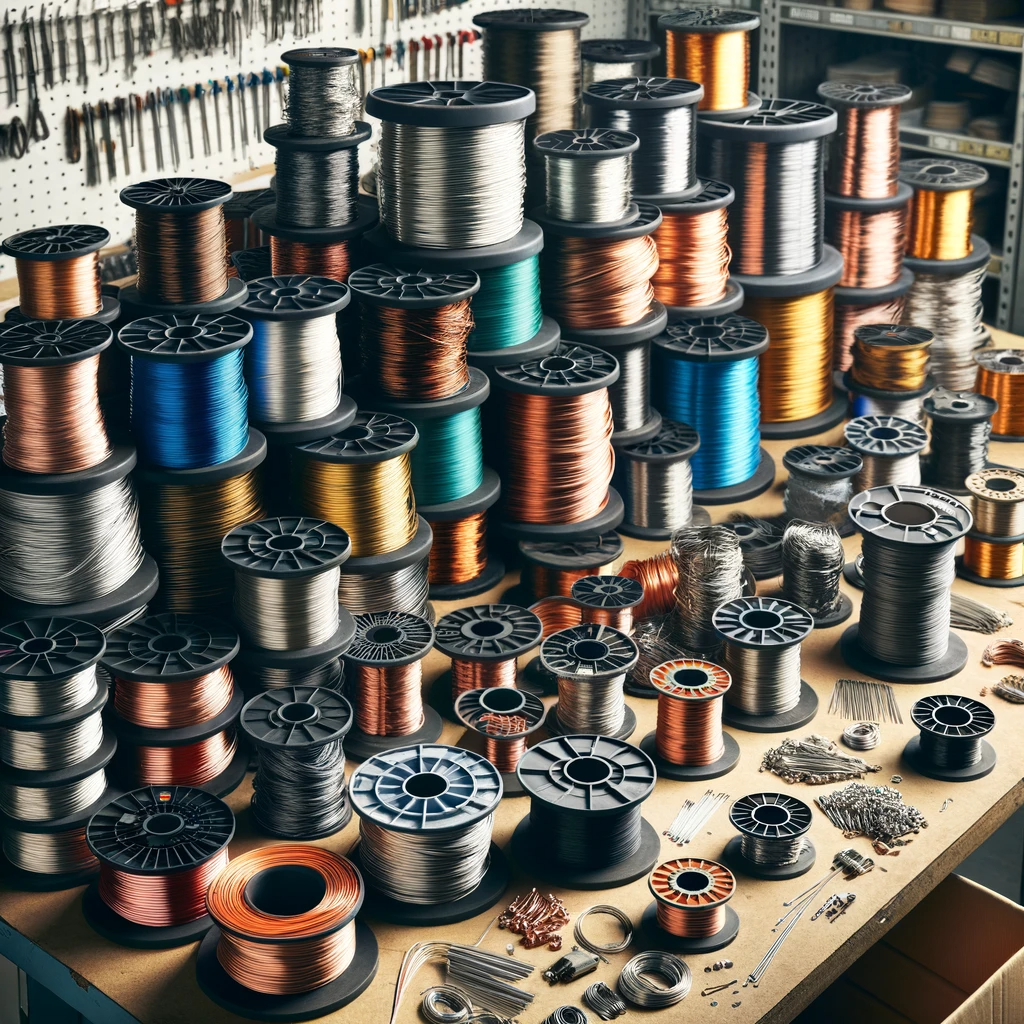
Tips and Best Practices for Wire Measurement
Measuring wire accurately is essential for ensuring the success of any project involving wiring. Here are some practical tips and best practices:
Use Precision Tools: Invest in high-quality calipers for measuring wire diameter. Digital calipers can provide highly accurate readings and are easier to read than traditional ones.
Measure in Multiple Places: Wire diameter can vary slightly along its length. Measure in several places to get an average diameter and a more accurate reading.
Understand Wire Nomenclature: Be familiar with different wire gauge systems and their conversions. Knowing the differences between SWG, AWG, and other standards can prevent confusion.
Check for Coating: When measuring coated wire, like enameled wire, remember that the coating can affect the overall diameter. Depending on your needs, you might need to measure the wire with and without the coating.
Avoid Common Pitfalls: One common mistake is not zeroing the caliper before use, which can lead to inaccurate measurements. Also, applying too much force when measuring can compress the wire, resulting in a smaller diameter reading.
Why Choose The Crazy Wire Company for Your Wire Needs?
The Crazy Wire Company stands out as your go-to source for all wire needs, thanks to our commitment to quality and precision. Wires from our company are meticulously crafted to meet exact specifications, ensuring that you always get the gauge you need. Because we understand that every application is different, we offer a wide range of customisation options.
We have a knowledgeable customer support team who can assist you in choosing the right wire for your project, answering any questions you may have about wire gauges, materials, and applications. As a leader in the wire industry, we combine our expertise in the field with a dedication to providing high-quality products.
Professionals and hobbyists in various fields need to know how to accurately convert wire gauges from SWG to mm. Using the provided tips, best practices, and resources such as the conversion chart, you can ensure precise wire measurement. Crazy Wire Company offers quality wires, expert advice, and customisation to meet your specific needs.
To ensure the success of your projects, we encourage you to leverage these resources and reach out to us for any wire needs.
We offer also a massive range of stainless steel wire and nichrome wire through our store. Choose the wire that you want to work with and we’ll get spooling.
If you’re interested in learning more about wire, check out our other blog on Everything You Need to Know About Wires.
We are also proud to supply this product on our highly popular eBay store, check us out there too.
Thank you for checking out our site.
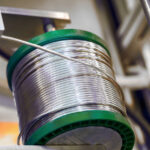
Nichrome Wire Safety: Top Tips for Working Safely
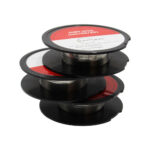
Best Wire for Electronics Projects

Is Ni80 Wire Suitable for DIY Heating Elements

Wire Grades Explained
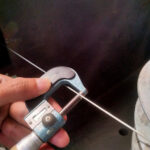
How Wire Diameter Affects Strength and Flexibility
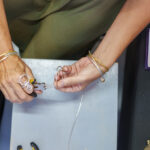
How to Cut and Shape Wire for Custom Applications

Can Wire Be Used in 3D Printing?

How Wire Composition Affects Conductivity
